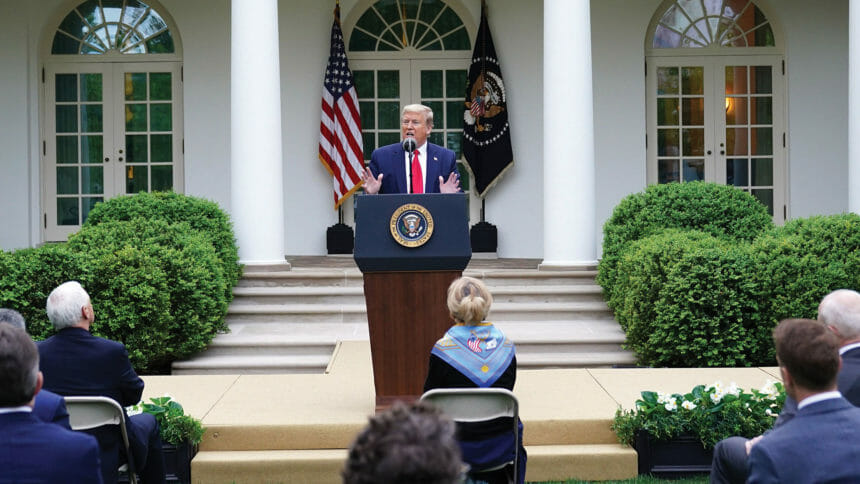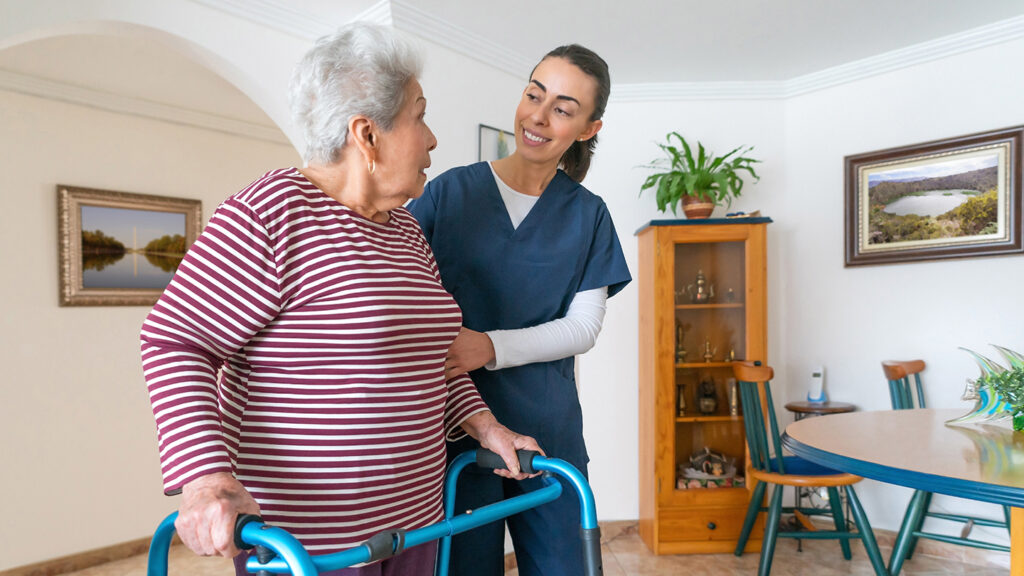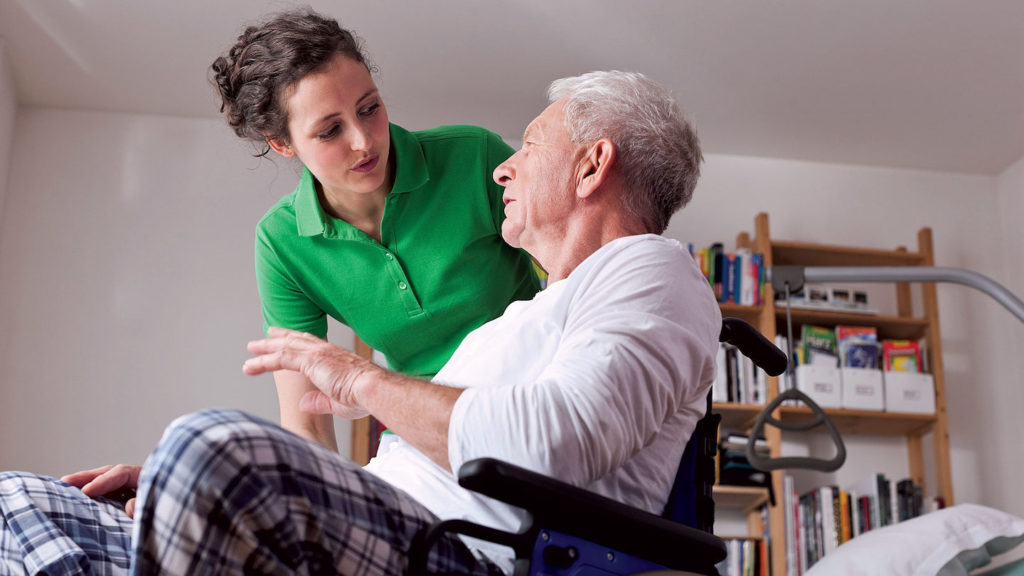
Facilities could be in danger of more outbreaks if visitors are allowed back into nursing homes and senior living communities too soon, Forbes columnist Howard Gleckman said. His remark came days before the Centers for Medicare & Medicaid Services announced a reopening plan for nursing homes on May 18, despite the coronavirus pandemic’s devastation in the sector.
The move, Gleckman suggested, could be an opportunity for the federal government to shift the blame to providers. Operators reluctant to reopen also could be forced to deny resident family members’ visits, thereby opening them up to criticism from relatives.
“Like the administration’s move to shift responsibility for reopening businesses to states, this also would put the burden of deciding who is allowed to visit on states, as well as on facilities themselves. And it would create White House deniability when angry family members confront management of nursing homes and assisted living facilities, demanding to be let in,” Gleckman wrote.
“If a facility turns relatives away, it is the facility’s fault. If it lets people in, and cases accelerate, it is the facility’s fault,” he added
Gleckman said that although residents are “paying a severe price for being isolated,” it doesn’t make sense to allow visitors again without ensuring that providers have adequate and immediate testing and personal protective equipment. The decision to reopen facilities, he suggested, should be “based on careful benchmarks that all parties adhere to.”
“The U.S. has failed to establish coherent, enforceable protocols for much of its COVID-19 response. It would be a tragedy if it fails to do so when it comes to opening up long-term care facilities that have seen so much death already,” he wrote.
In a related development, President Trump urged states May 11 to universally test all nursing home residents and staff and suggested that such testing should have happened earlier.
FOCUS ON RESIDENT SAFETY BRIEFS:
- Zeally Health is among the latest telehealth services available over video or phone. The cloud-based software as a service lets doctors consult with a patient in a HIPAA/HITECH-compliant environment and can be licensed to an individual provider, practice or physician group. “As we learned with the COVID-19 outbreak, the demand on the healthcare system can change literally overnight,” said Rey Colon, founder and CEO of MyTelemedicine, Zeally’s software engine. “We want to ensure that people can get the medical attention they need 24/7, no matter where they live.” MyTelemedicine has been serving patients since 2015. Since its launch, the company’s virtual care platform has helped almost 2 million patients and facilitated more than 125,000 virtual consultations nationwide.
- Digital engagement provider iN2L has launched enhanced tablets as a tool for family and telehealth connections during precautionary isolation measures taken by senior living communities.The senior-friendly tablets come with video chat and other tools to bring families together during the COVID-19 pandemic — and afterward. With a tap on the iN2L tablet touchscreen, residents can “visit” with loved ones whenever they want. Residents initiate a video call to friends or family and can talk to up to seven people simultaneously in one session.
- A new study shows that the HEPA filtration incorporated into the XLERATOR Hand Dryer can contribute to improved hand hygiene. New viral filtration efficiency testing conducted by LMS Technologies found that XLERATOR and XLERATORsync Hand Dryers with HEPA filtration systems remove 99.999% of viruses from the airstream. “In these unprecedented times, the health and well-being of our customers is our main concern and it was important for us to confirm how our products interact with viruses,” said William Gagnon, vice president of sales and marketing at Excel Dryer.




